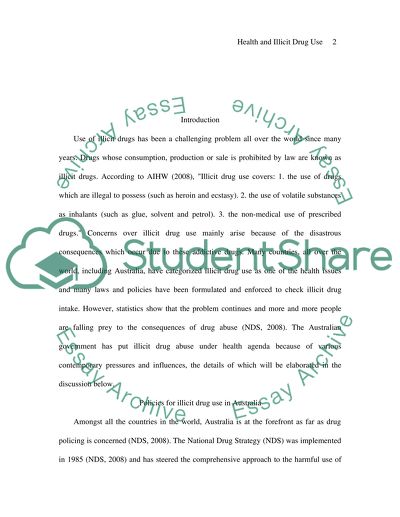Cite this document
(Health and the use of illicit drugs Coursework Example | Topics and Well Written Essays - 1750 words, n.d.)
Health and the use of illicit drugs Coursework Example | Topics and Well Written Essays - 1750 words. https://studentshare.org/law/1557951-health-and-the-use-of-illicit-drugs
Health and the use of illicit drugs Coursework Example | Topics and Well Written Essays - 1750 words. https://studentshare.org/law/1557951-health-and-the-use-of-illicit-drugs
(Health and the Use of Illicit Drugs Coursework Example | Topics and Well Written Essays - 1750 Words)
Health and the Use of Illicit Drugs Coursework Example | Topics and Well Written Essays - 1750 Words. https://studentshare.org/law/1557951-health-and-the-use-of-illicit-drugs.
Health and the Use of Illicit Drugs Coursework Example | Topics and Well Written Essays - 1750 Words. https://studentshare.org/law/1557951-health-and-the-use-of-illicit-drugs.
“Health and the Use of Illicit Drugs Coursework Example | Topics and Well Written Essays - 1750 Words”. https://studentshare.org/law/1557951-health-and-the-use-of-illicit-drugs.


